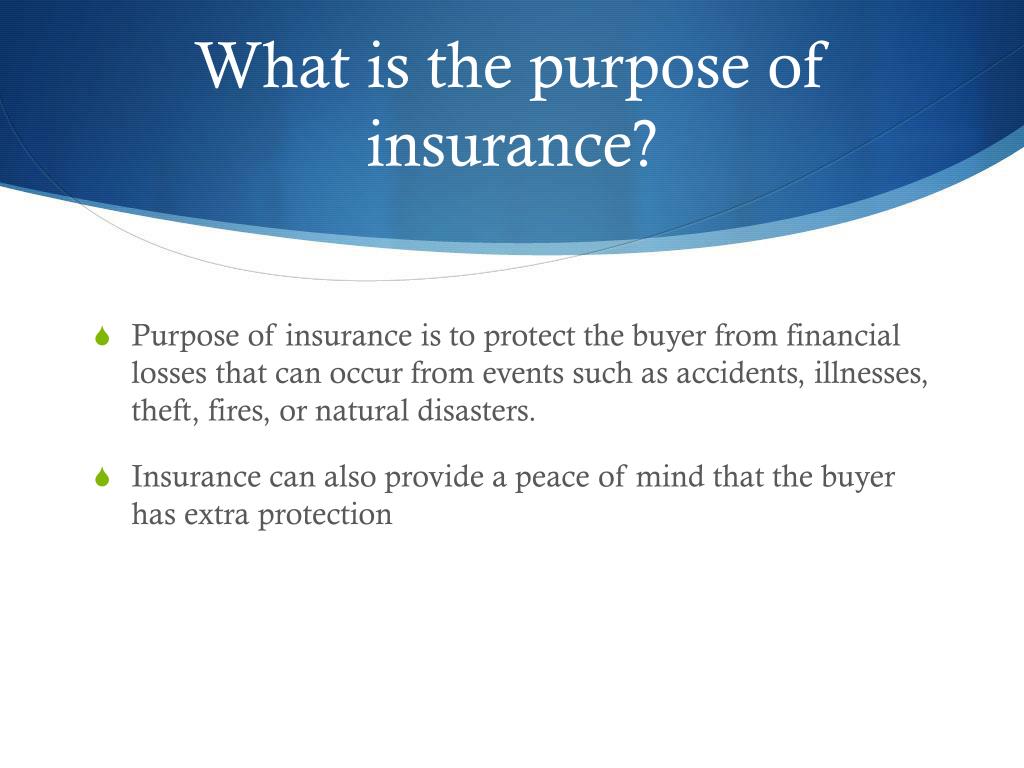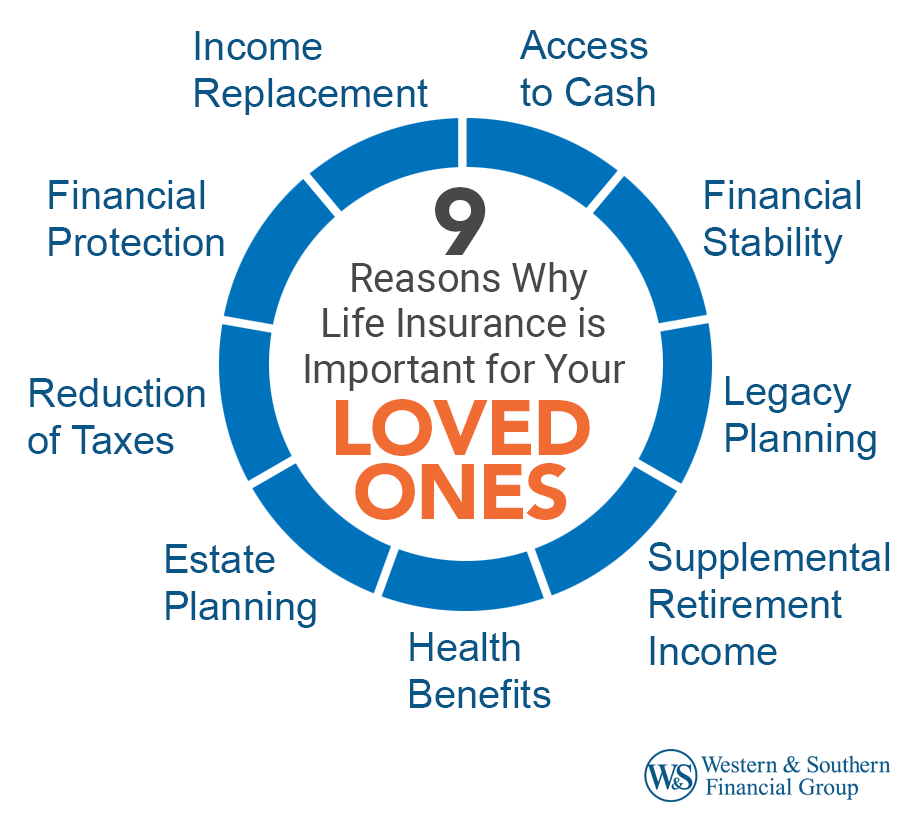Getting My Pacific Prime To Work
Getting My Pacific Prime To Work
Blog Article
The 6-Minute Rule for Pacific Prime
Table of ContentsThe Definitive Guide to Pacific PrimeThe Best Guide To Pacific PrimeSome Known Facts About Pacific Prime.The Ultimate Guide To Pacific Prime
In most states, the insurance company is needed to send you a duplicate of the adjustments to your policy. It is very important that you check out Endorsements or Bikers so you understand how your plan has transformed and if the policy is still adequate to meet your demands. To get a duplicate of your insurance coverage, please contact your insurance coverage agent or company.
The Institute of Medication (IOM) Board on the Repercussions of Uninsurance launches an extended exam of proof that addresses the importance of medical insurance coverage with the publication of this record. Protection Matters is the first in a collection of six reports that will be released over the next two years recording the truth and effects of having an approximated 40 million people in the United States without medical insurance protection.

What Does Pacific Prime Mean?
The objective of this collection of studies is to redouble policy interest on a historical issue. Complying with the longest economic growth in American history, in 1999, an estimated one out of every 6 Americans32 million grownups under the age of 65 and more than 10 million childrenremains uninsured (Mills, 2000).

Ten percent of the population represent 70 percent of wellness care expenses, a relationship that has actually remained constant over the past 3 years (Berk and Monheit, 2001) - group insurance plans. Thus medical insurance remains to serve the function of spreading danger even as it progressively finances regular care. From the perspective of healthcare carriers, insurance coverage lugged by their patients helps safeguard an income stream, and areas gain from monetarily viable and stable health and wellness care practitioners and institutions
Government offers health insurance coverage to populations whom the personal market might not offer successfully, such as disabled and seniors, and populaces whose access to health treatment is socially valued, such as kids and pregnant females. The utmost ends of medical insurance coverage for the private and communities, consisting of office areas of staff members and employers, are improved wellness outcomes and quality of life.
Getting My Pacific Prime To Work
Workers place medical insurance initially by far in relevance among all the advantages used in the workplace (Salisbury, 2001). Although there have been large investments of individual and public funds to supply health insurance, lots of people still have no coverage. Despite extensive reporting of survey searchings for and wellness care study results, the general public continues to be confused and misinformed regarding Americans without medical insurance and the ramifications of doing not have insurance coverage.

Without doubt, the complexity of American healthcare funding mechanisms and the riches of resources of info contribute to the general public's complication and skepticism regarding medical insurance statistics and their analysis. This report and those that will certainly follow objective to distill and provide in readily reasonable terms the webpage considerable research that bears on concerns of health and wellness insurance policy coverage and its significance.
Fifty-seven percent of Americans surveyed in 1999 believed that those without wellness insurance are "able to get the care they require from medical professionals and healthcare facilities" (Blendon et al., 1999, p. 207). In 1993, when nationwide focus was concentrated on the issues of the uninsured and on pending health and wellness care legislation, just 43 percent of those questioned held this idea (Blendon et al., 1999).

They additionally get fewer precautionary solutions and are less most likely to have routine look after persistent conditions such as high blood pressure and diabetes mellitus. Persistent conditions can result in pricey and disabling complications if they are not well managed (Lurie et al., 1984; Lurie et al., 1986; Ayanian et al., 2000). One nationwide survey asked even more than 3,400 adults concerning 15 very major or morbid problems.
Pacific Prime for Beginners
Extra proof is presented later on in this phase in the conversation of insurance coverage and access to healthcare. https://www.gaiaonline.com/profiles/pacificpr1me/46638741/. People without health insurance are young and healthy and pick to do without protection. Almost fifty percent (43 percent) of those checked in 2000 thought that people without medical insurance are most likely to have health and wellness troubles than people with insurance policy
Citizens and policy manufacturers in focus team discussions identify those without insurance policy as young individuals that have the possibility to be covered and feel they do not need it (Concierge Novelli, 2001). Compared to those with a minimum of some private protection, the without insurance are less likely to report being in outstanding or very great health (Company for Health Care Research and Top Quality, 2001).
RESOURCE: Facility for Expense and Funding Studies, Agency for Medical Care Study and High quality, based upon MEPS information. Young adults between 19 and 34 are much more likely to lack health insurance than any type of various other age group. This is mainly since they are much less often qualified for employment-based insurance coverage due to the nature of their task or their short tenure in it.
The assumption that people without insurance coverage have better-than-average wellness follows from puzzling the reasonably young age profile of the uninsured with the better wellness, typically, of more youthful persons. This covers the web link between wellness condition and medical insurance. For those without accessibility to work environment health insurance, poor health is a potential barrier to acquiring nongroup insurance coverage since such insurance coverage might be highly priced, leave out preexisting conditions, or be merely unavailable.
Report this page